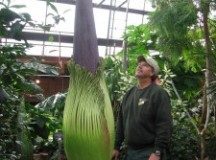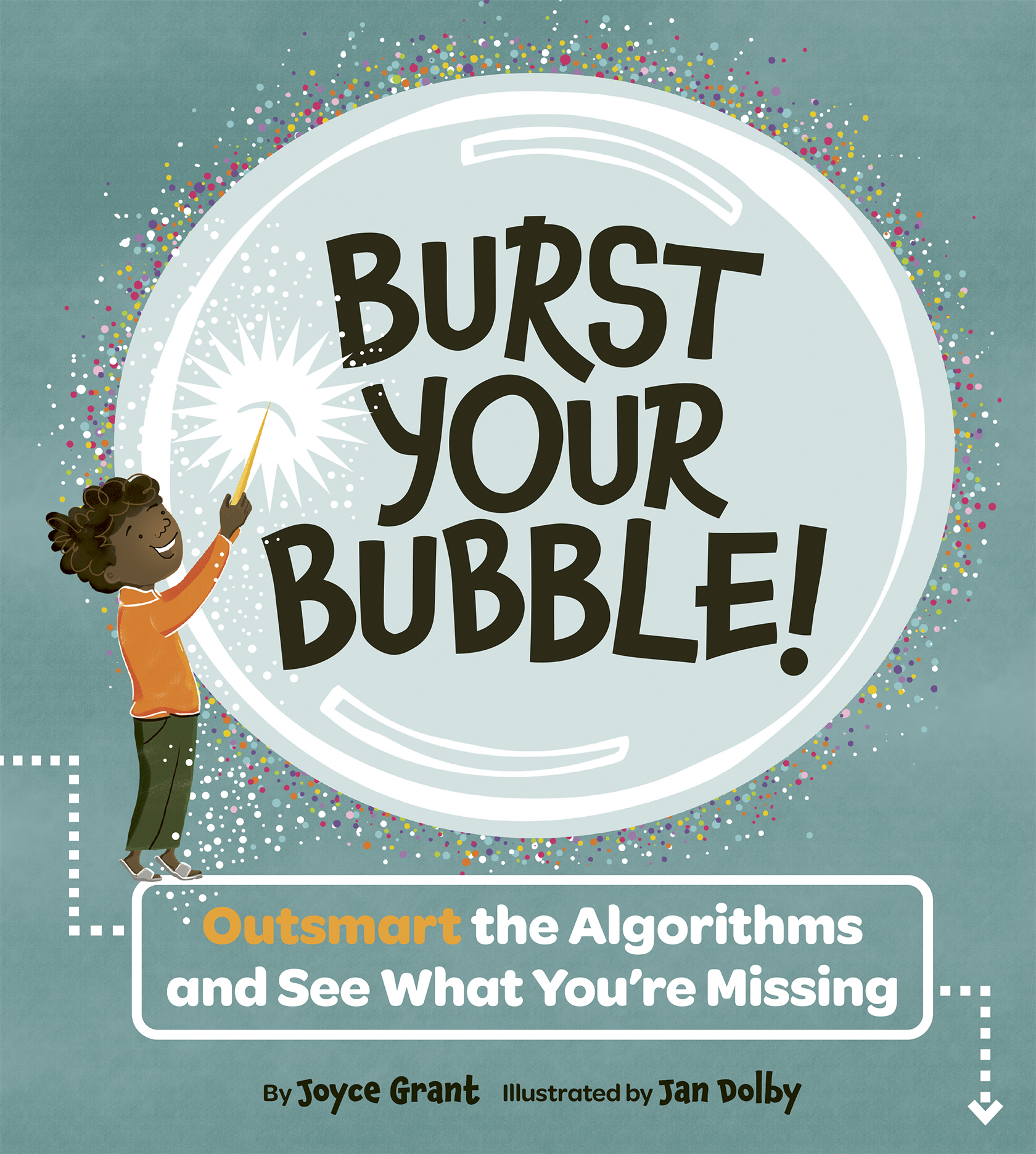It’s hot outside. But just how hot? It’s “heat-wave” hot.
That’s according to Environment Canada, the official source for weather information in Canada, particularly for severe weather watches and warnings.
A heat wave is when the temperature outside reaches 32-degrees Celsius or higher for three or more days in a row.
Southern Ontario and Quebec are experiencing temperatures in the mid-30s. With the high humidity the provinces are also experiencing, the temperature outside feels more like 42 degrees.









